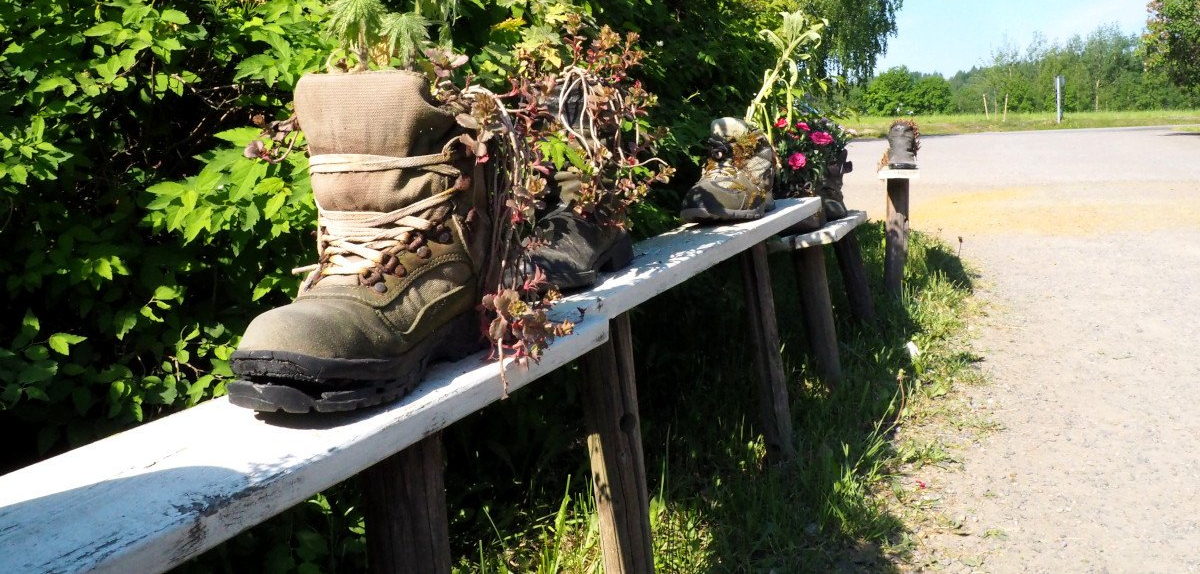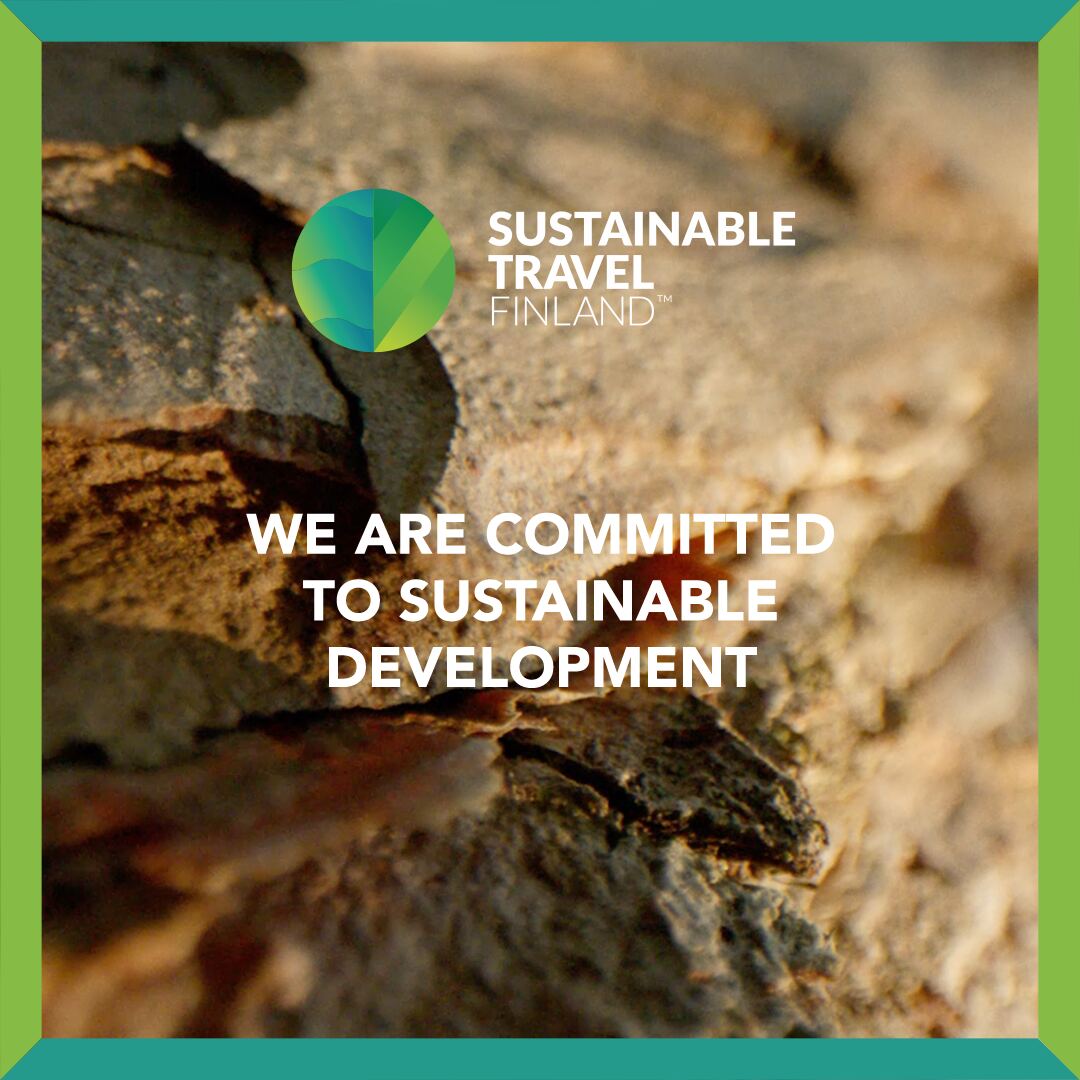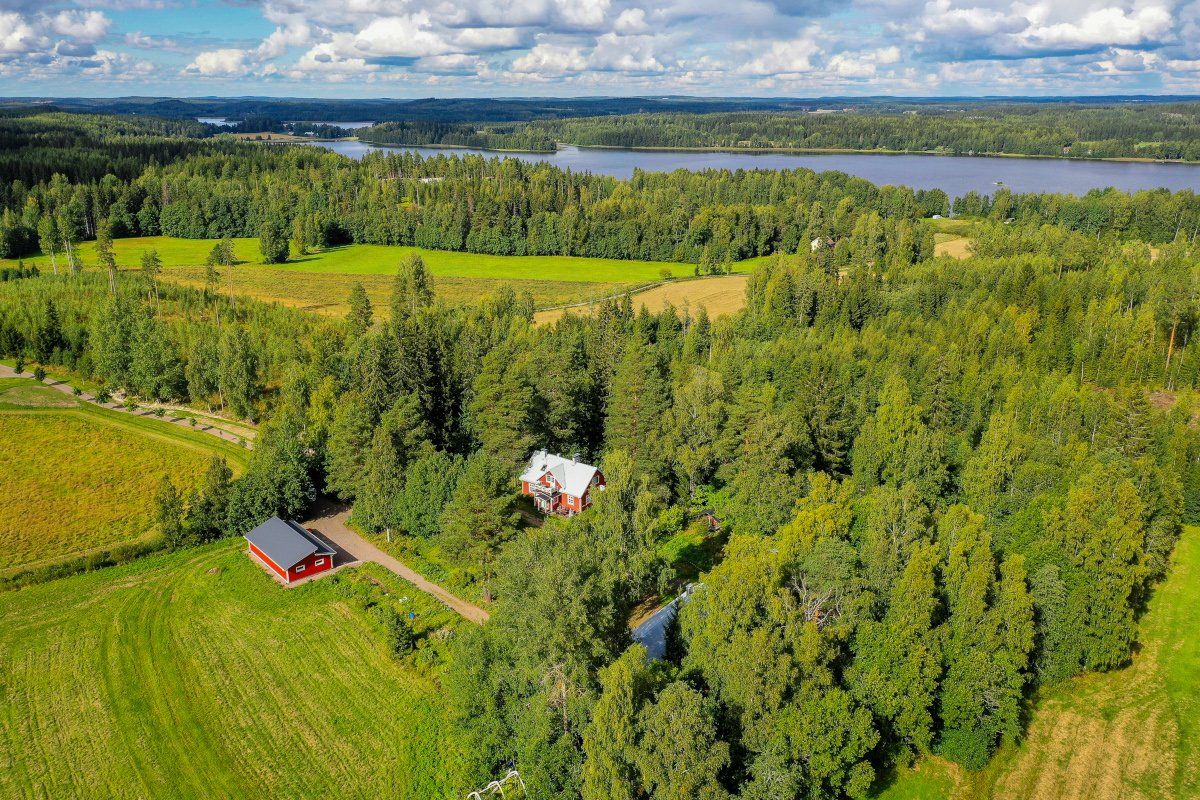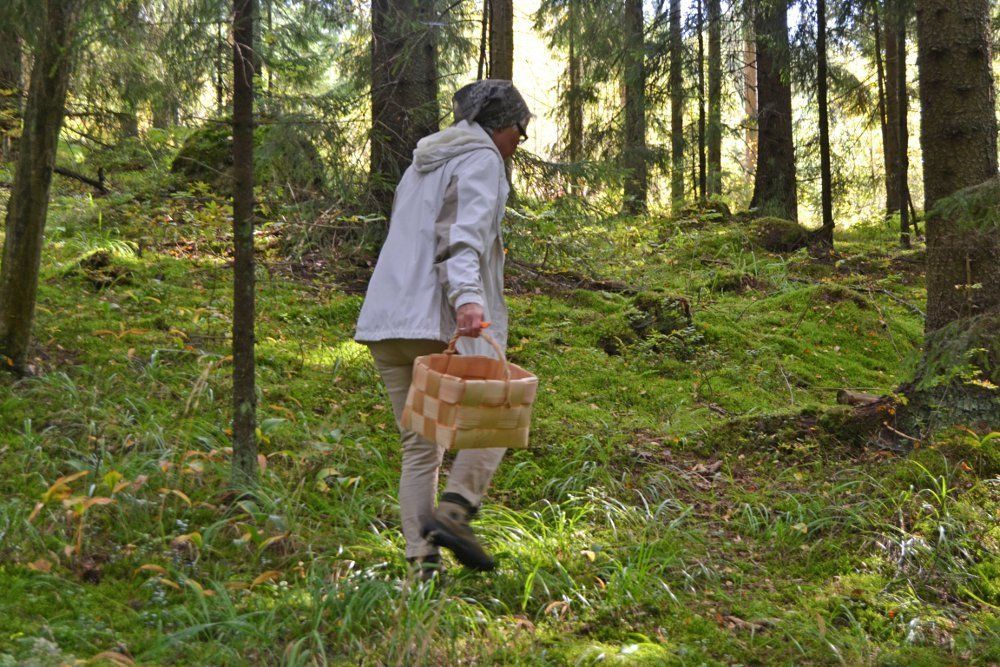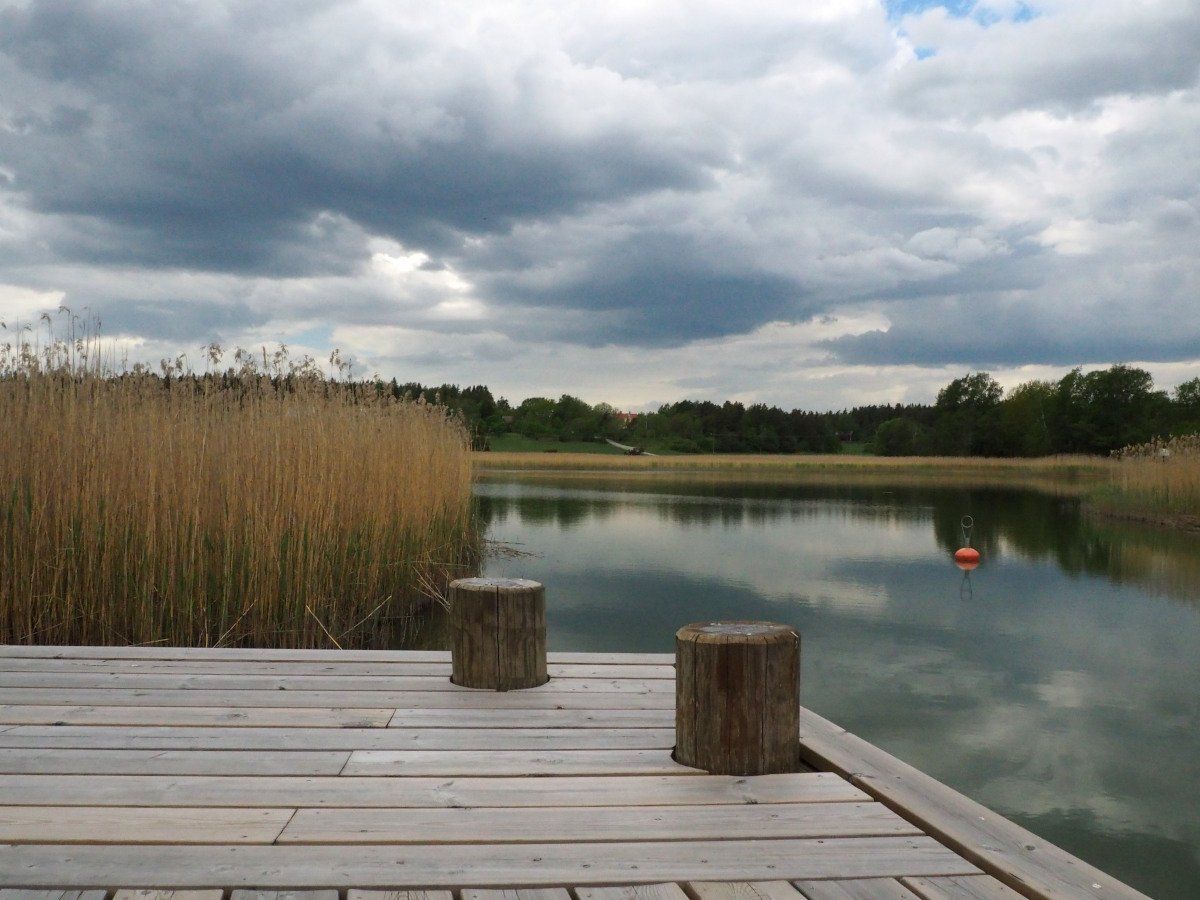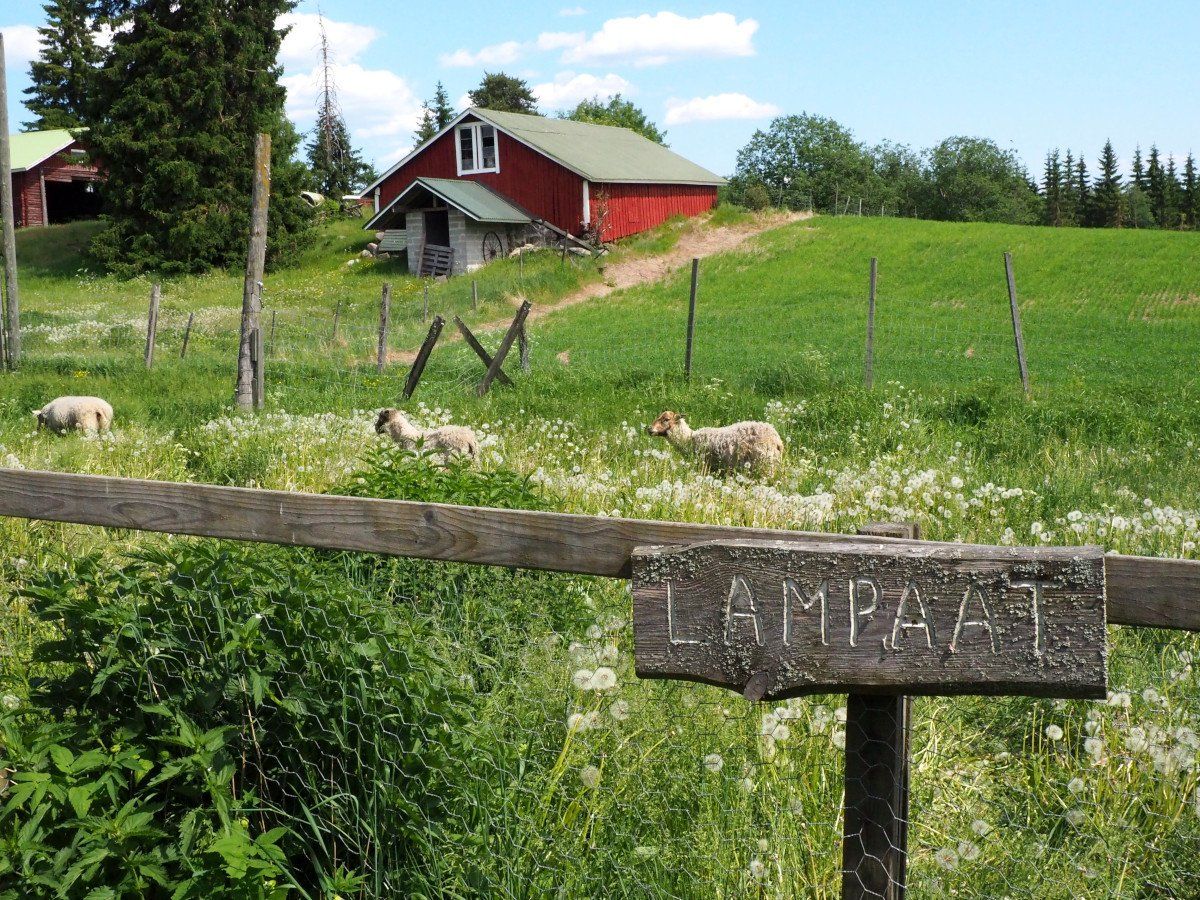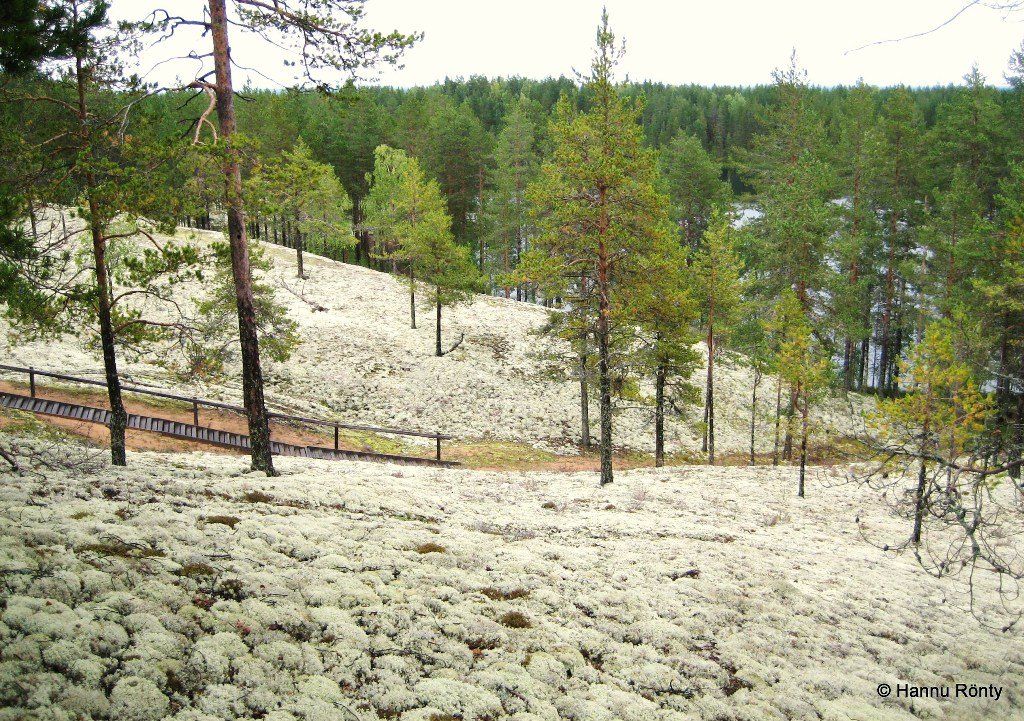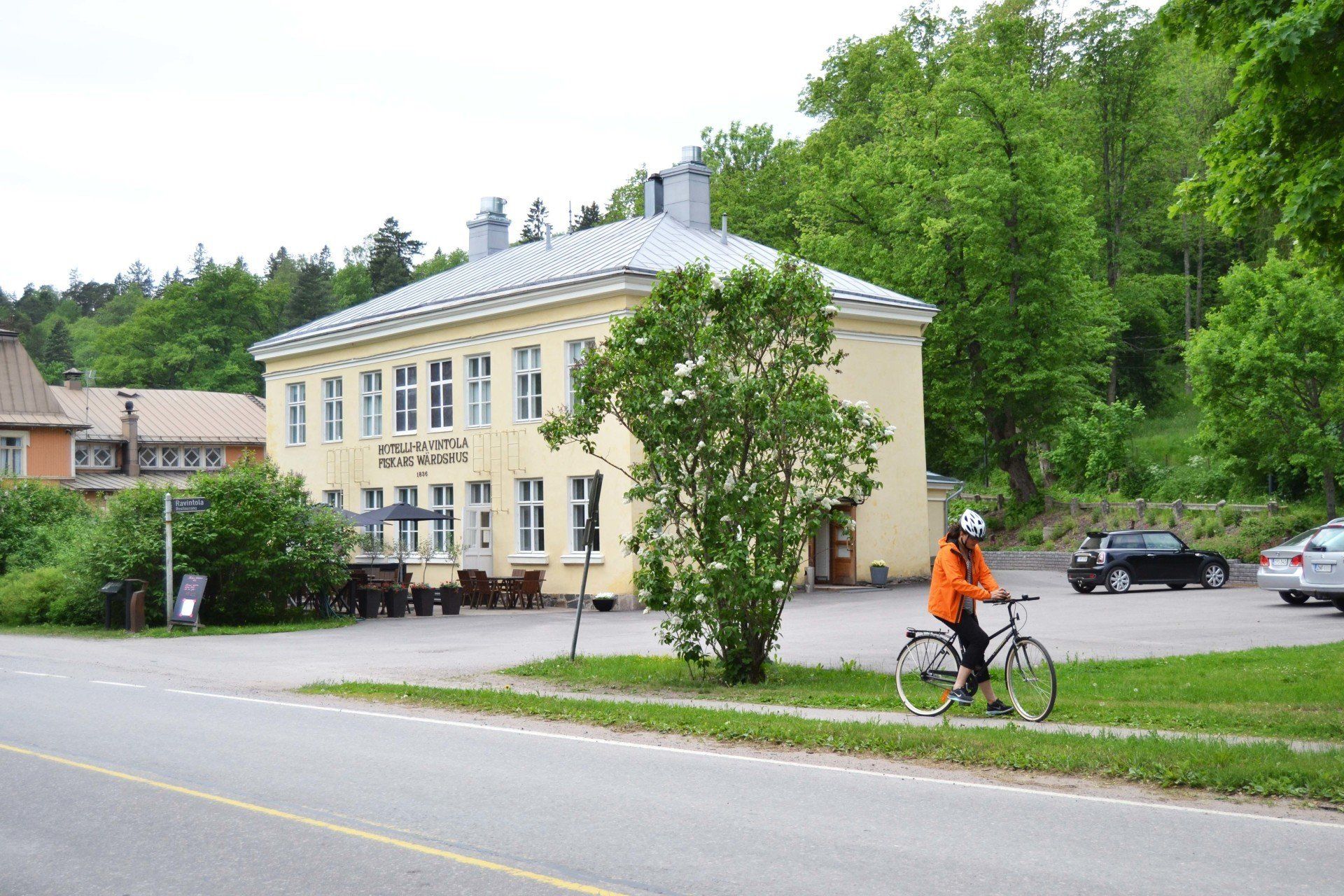Blog Layout
Calculating Carbon Footprint
Eero Kiukas • 20 July 2020
What is a carbon footprint and how can it be used to compare our tours?
The calculation of the carbon footprint of low carbon footprint trips aims to take into account all emissions produced by the traveller. These include waste/waste management, transportation/travel, emissions produced by activity and accommodation services, and emissions from dining. However, calculating the emissions of activities is often challenging, as we do not have access to the entire
production chain of the activity. Emissions before reaching the destination, such as the flight from the traveller's home country to Finland, are not taken into account in the calculation.
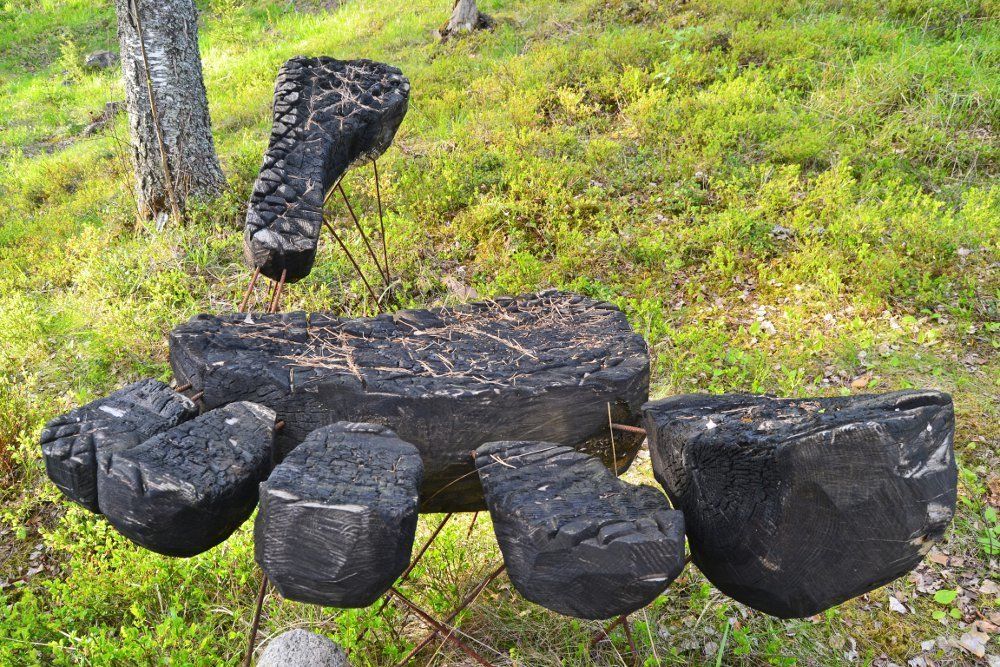
A "carbon footprint" in Urkin Piilopirtti, Tampere.
How is a carbon footprint calculated?
Calculation of the Carbon Footprint:
The carbon footprint of waste management and transportation/travel during the trip has been calculated using the Y-HIILARI tool developed by the Finnish Environment Institute (SYKE, 2019).
For waste management, an estimated amount of (1) kilogram of bio-waste and (1) kilogram of mixed waste, as well as 375g of plastic waste per traveler, has been calculated for each day of the trip.
For the carbon dioxide emissions of transportation and travel, the STF Hub's carbon footprint calculation coefficients and the "Business Travel" tab of the Y-HIILARI tool have been used, from which the emissions for traveling by bus, train, taxi, and
private car can be calculated. (The tool can also calculate the emissions of flights.)
Carbon Dioxide Emissions from Accommodation Services:
The normal value for the carbon dioxide emissions of accommodation services is calculated according to the business travel table of the Y-HIILARI tool (SYKE, 2019), where the average price for single accommodation in summer (1.4.-15.11.) is €70 or in winter (16.11.-31.3.) €110, and the environmental impact coefficient is 0.5 (CO2 eq kg/€), resulting in a total of 35 CO2 eq kg emissions for one night's accommodation in summer.
However, this does not support the distinction of lower-emission accommodations in our products, so we have created the following criteria to calculate corresponding values for ecological accommodations:
We use an environmental impact coefficient of 0.4 for accommodation services that have taken concrete actions towards sustainability and have otherwise directed their operations to reduce their carbon footprint or other negative environmental impacts.
The accommodation service has a certificate for its work.
We use an environmental impact coefficient of 0.3 for accommodation services that have taken several concrete sustainability actions and actions to reduce their carbon footprint and have already reduced their negative environmental impact in their
operations or operate according to sustainable tourism criteria. The accommodation service has a certificate and an STF label for its work.
We use an environmental impact coefficient of 0.2 for accommodation services that have been designed from the beginning to operate with as low a carbon footprint as possible or as carbon reserves and operate according to sustainable tourism criteria in all their activities, continuously striving for a smaller carbon footprint. The accommodation service also has a certificate and an STF label.
We use an environmental impact coefficient of 0.1 for accommodation services that do not have actual buildings or where accommodation is in nature, and they operate according to sustainable tourism criteria and continuously strive for a smaller carbon
footprint. The accommodation service also has a certificate and an STF label.
Emissions from Dining:
Emissions have been calculated using the CO2 calculator of Unilever Food Solutions (2020), into which vegetarian, fish, chicken, and meat dishes have been entered separately according to recipes found online. Separate averages have been calculated for the emissions of different diets, which are used as coefficients for each meal. For products that only include vegetarian meals, only the average for vegetarian meals (0.78 kg CO2 eq) has been used. For other products, a separate average for a mixed diet (1.12 kg CO2 eq) has been calculated. This has been done by calculating the average of the averages of all
different diets.
For activities that use motor vehicles or animals as part of the experience, we have not yet found a calculation formula, so currently, the carbon footprint is only calculated for products where the activities are carried out by human muscle power,
resulting in practically no calculable emissions. We are developing the calculation method for activities during 2025.
Comparison of Product Carbon Footprints:
The calculation of carbon footprints has been done only for Skafur-Tour's own products and their internal comparison.
As a comparison value, we use the daily carbon footprint per traveler (total product emissions divided by the number of days), which is reported in carbon dioxide equivalent kilograms (kg CO2 eq).
At the beginning of 2025, the carbon footprint of low carbon footprint trips must be less than 25kg CO2 eq / person / day according to the updated calculator.
Sources:
Finnish Environment Institute (SYKE), Y-HIILARI Carbon Footprint Tool (2019)
retrieved on 14.7.2020 from [25](https://www.syke.fi/fi-
FI/Tutkimus__kehittaminen/Kulutus_ja_tuotanto/Laskurit/YHiilari)
Unilever Food Solutions (2020) retrieved on 14.7.2020 from [26](https://www.unileverfoodsolutions.fi/teemat-ja-ratkaisut/tyokalu/co2-laskuri.html?gclid=CjwKCAjwr7X4BRA4EiwAUXjbt4EZSCTLmyulaEz5wv5CvYmO_FJfJqsaCeCdFPb5q7X-bIgkbau8cBoCyeUQAvD_BwE)
STF Hub – Business Finland (Visit Finland) (2024)
Carbon footprint calculation
Comparing a tour:
| Tour | Nights | Total carbon footprint (kg CO2 eq) | Carbon footprint / night (kg CO2 eq) |
|---|---|---|---|
| Low Carbon Tour | 8 | 213.81 | 26.73 |
| Meat diet* | 8 | 230.19 | 28.77 |
| Mixed diet & car** | 8 | 347.21 | 43.40 |
| Meat diet & car*** | 8 | 358.83 | 44.85 |
| No ecological accommodation**** | 8 | 346.81 | 43.35 |
| No ecological accommodation, meat diet & car | 8 | 491.83 | 61.48 |
| Driving 1000km by car***** | 197.15 |
*vegetarian diet changed to meat diet
**vegetarian diet changed to mix diet and all transportation done by car
***vegetarian diet changed to meat diet and all transportation done by car
****all ecological accommodations changed to a not ecological accommodation
*****petrol car with 1 passanger





